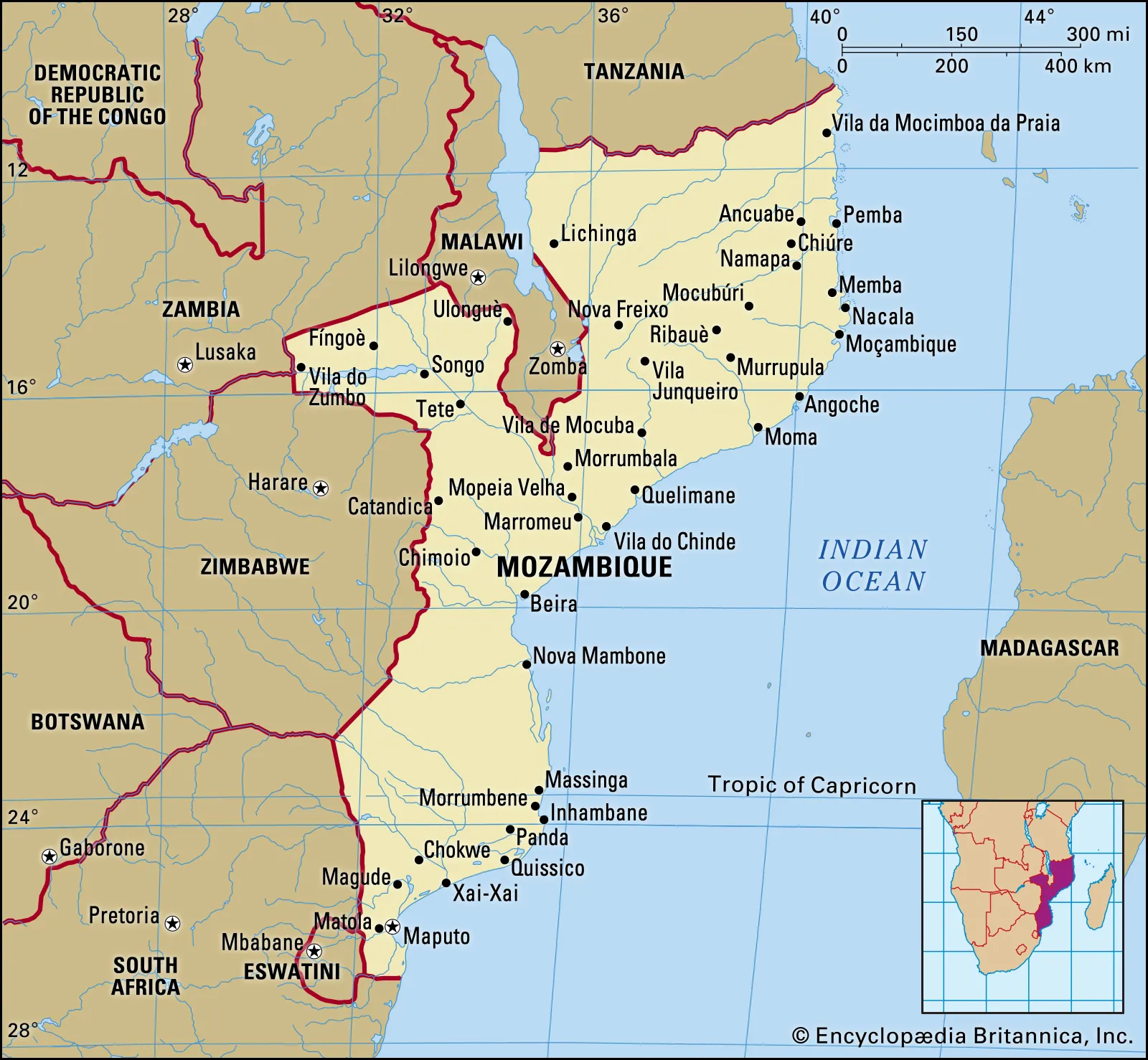To boost regional power stability, Mozambique’s Electricidade de Moçambique (EDM) plans to increase its electricity supply to Zambia.
The decision was made official through an updated agreement, boosting the energy supply from 50 to 90 MegaWatts (MW).
This increase aims to tackle Zambia’s urgent electricity crisis, which a severe drought affecting its hydroelectric dams has caused.
In Lusaka, the updated contract was signed, promising more energy during crucial off-peak times.
It also highlights both countries’ commitment to strengthening economic ties and building trust in their trade relationships.
EDM’s Chairman, Marcelino Gildo Alberto, outlined the move’s goals: quickly reducing Zambia’s energy shortfall and setting the stage for future energy collaborations.

A pivotal element of this enhanced cooperation is the planned construction of a 400kV Interconnection Line directly linking Mozambique and Zambia.
This infrastructure project is celebrated as a critical effort within the Southern African Power Pool (SAPP), designed to facilitate cross-border electricity trade efficiently.
It aims to enhance regional energy security and promote economic integration by allowing for significant electricity volumes to be exchanged between nations.
By 2030, the new interconnection aims to swiftly transfer up to 2,000MW of electricity to Zambia.
This effort will address the rising demand, especially from the rapidly growing mining industry.
This development marks a significant step towards mitigating energy scarcities in Zambia while paving the way for a more interconnected and resilient southern African power network.
Background
Aiming for a robust grid by 2030, Mozambique plans to supply 28 to 32 TWh of energy, with 15–25% from renewables.
Post-2030, the ambition grows to support 55 to 65 TWh, increasing to 65 to 75 TWh by 2040 to 2050, aiming for half from renewable sources.
President Filipe Nyusi, at the Climate Summit, highlighted Mozambique’s climate innovation leadership and its appeal for sustainable investment.
In addition, the Ministry of Mineral Resources and Energy unveiled an $80 billion investment in the Energy Transition Strategy ETS, targeting a 2050 completion.
From 2024 to 2030, adding 3.5 GW of hydropower is planned through upgrades and the Mphanda Nkuwa project completion.
This strategic push is not just about lighting up homes. It drives economic growth, champions environmental sustainability, and cement Mozambique’s global energy sector’s stature.

